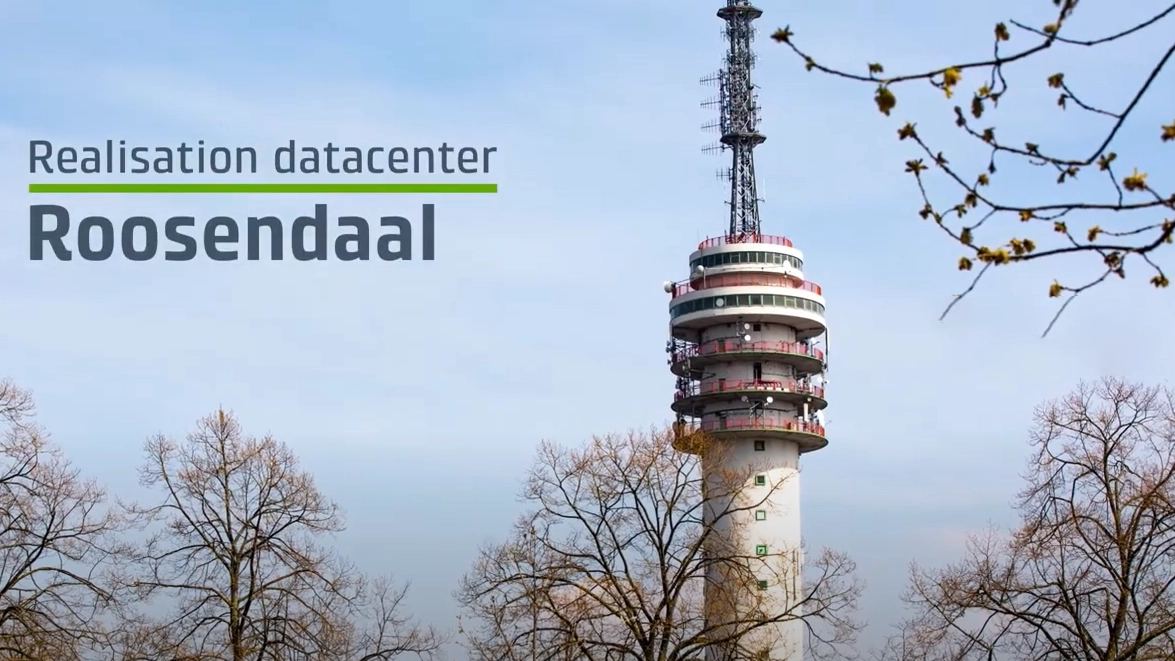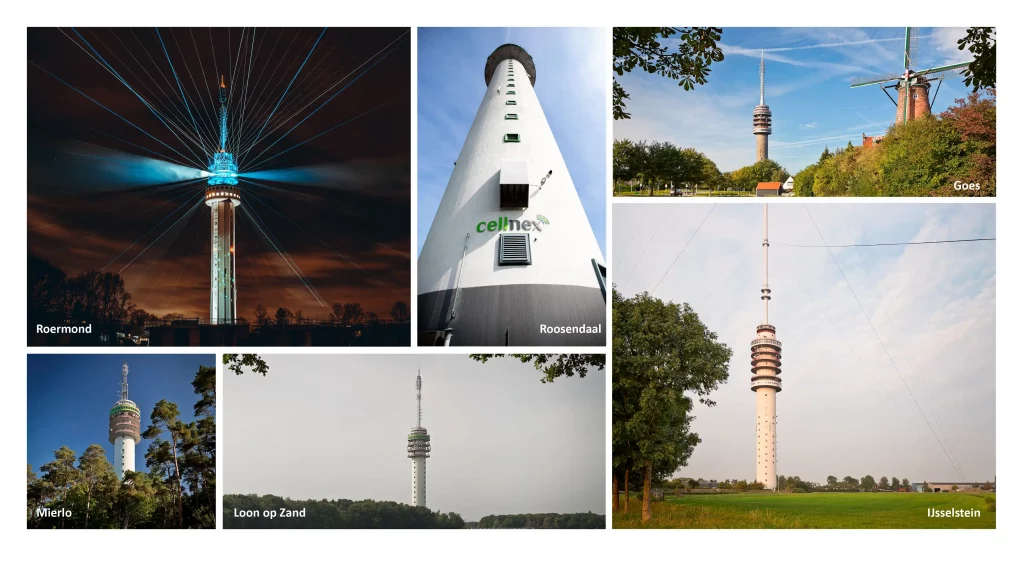Trends
Trends
JUL
12
2023
TIS
Shared infrastructures at all levels
A country like the Netherlands, where one third of the land is at or below sea level and its highest peak is not much more than 300 metres above sea level, has very specific characteristics for the transmission of broadcasting signals or even mobile coverage.
It was at the end of 1954, when the Dutch broadcasting company, Nozema, commissioned the construction of 4 towers that would allow the reception of the television signal to the whole country. The first of these towers was built in Goes in 1957, followed by towers in Roermond and Markelo the following year. In order to be able to transport the TV signal to these towers, it was also necessary to build some relay stations for the links. Roosendaal, Loon op Zand and Mierlo towers were built during the same period. By the time all these towers came into service, television consumption in the country had already grown to over one million television sets in 1962.
Another curiosity about the towers in the Netherlands is their rounded shape, which is favourable to avoid damage due to wind currents and because they are very rigid. Their construction, based on a sliding formwork on which the concrete is poured to create the tower wall, allows a construction speed of 4 metres per day, so that in about 3 to 4 weeks the wall of a tower of about 200 metres in height is created. The only disadvantage of a rounded structure is the organisation of its interior, although over the years it has been possible to redesign the interior to have a more or less square surface.
With the digitisation of radio and television and the increasing use of fibre optic connections, much of the equipment located in the towers became redundant and was removed. This space proved to be a perfect location for data centres, so in 2009, Cellnex began offering data centre hosting services in its towers. In addition to uninterruptible power and installation, the telecom & data towers offer excellent connectivity, with high continuity and a high degree of security.
Cellnex acquired these assets and other sites between 2016 and 2017 and entered the Dutch market where it has now a total of 4,316 towers providing telephone, data, radio and television coverage to more than 17 million people. In addition, the company also offers 25 locations as data centre sites, environmentally friendly in the Netherlands. 100% green energy (wind power) is used at all locations. With a Power Usage Effectiveness (PUE) of 1.2, it is extremely energy efficient thanks to the use of direct free air cooling (an energy and cost saving form of outside air cooling) and water cooling.




















